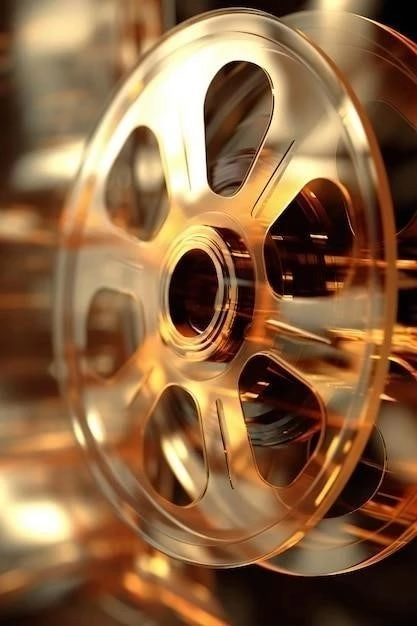Cinema, as we know it, has been captivating audiences for over a century. From its humble beginnings in the late 19th century to the immersive, CGI-driven experiences of today, film has undergone a remarkable evolution. This article takes a journey through the history of cinema, highlighting key milestones and eras that have shaped this powerful medium.
The Dawn of Motion Pictures (Late 19th Century)
The story of cinema begins with the invention of photography and a series of technical innovations that made capturing motion possible. Pioneers like Eadweard Muybridge and his groundbreaking work with chronophotography, along with the inventions of the Kinetoscope by Thomas Edison and the Cinématographe by the Lumière brothers, paved the way for the birth of motion pictures.
Some of the earliest moving pictures were simple, documentary-style recordings of everyday life. The Lumière brothers, for example, famously screened their short film “Workers Leaving the Lumière Factory” in 1895. This event is often cited as the birth of cinema.

The Silent Era (1900s ⎻ 1920s)
The early 20th century saw the rapid development of the film industry. Silent films, although lacking synchronized dialogue, captivated audiences with their visual storytelling, elaborate sets, and often over-the-top acting styles. This era gave birth to iconic figures like Charlie Chaplin, Buster Keaton, and Lillian Gish, who became international stars.
- Feature-length films emerged (e.g., “The Birth of a Nation” ⎻ 1915).
- Filmmaking techniques like editing, close-ups, and special effects advanced rapidly.
- Hollywood emerged as the center of the film industry.
- Technicolor brought vibrant color to the big screen, starting with “The Wizard of Oz” (1939).
- World War II influenced filmmaking, leading to war films and propaganda.
- The rise of auteurs like Alfred Hitchcock, Orson Welles, and John Ford brought distinctive artistic visions to Hollywood.
- Federico Fellini (Italy)
- Akira Kurosawa (Japan)
- Ingmar Bergman (Sweden)
- François Truffaut and Jean-Luc Godard (France)
- Modern Trends:
- The rise of superhero franchises and interconnected cinematic universes.
- Streaming services like Netflix, Amazon, and Disney+ have become major players in film production and distribution.
- A renewed focus on diversity and representation in front of and behind the camera.
The Transition to Sound (Late 1920s)
“The Jazz Singer” (1927), a film with synchronized musical numbers and limited dialogue, marked a turning point in cinema history. It ushered in the era of “talkies” and forever changed the industry. While the transition was not without its challenges (some silent film stars struggled to adapt), sound films quickly became the norm.
The Golden Age of Hollywood (1930s ⎻ 1950s)
This period is often considered the pinnacle of Hollywood’s studio system. Major studios like MGM, Warner Bros., and Paramount churned out a constant stream of films across various genres, including musicals, gangster films, film noir, and romantic comedies.
New Waves and Global Cinema (Post-World War II)
After World War II, cinema experienced a period of significant change. The dominance of the Hollywood studio system was challenged by independent filmmakers and movements like Italian Neorealism and the French New Wave. These movements often focused on social realism, experimentation, and challenging cinematic conventions.

The Blockbuster Era (1970s ‒ Present)
The 1970s saw the rise of the summer blockbuster with films like “Jaws” (1975) and “Star Wars” (1977). These films emphasized spectacle, special effects, and marketing, targeting a mass audience and changing the economics of the film industry. This era also saw the rise of science fiction, fantasy, and action-adventure films.
The Digital Revolution and Beyond (1990s ‒ Present)
The late 20th and early 21st centuries have witnessed the transformative impact of digital technology on filmmaking. Computer-generated imagery (CGI) became increasingly sophisticated٫ blurring the lines between live-action and animation. Digital cameras٫ editing software٫ and distribution methods have democratized filmmaking to some extent.

Conclusion
The history of cinema is a testament to human creativity and technological innovation. From the flickering images of the earliest silent films to the immersive, CGI-laden worlds of today, film continues to captivate, challenge, and entertain audiences worldwide. As technology continues to evolve, the future of cinema promises to be as exciting and unpredictable as its past.










